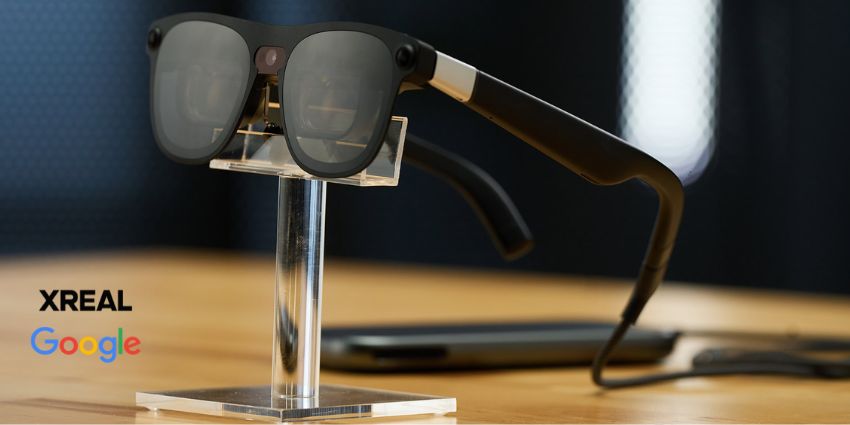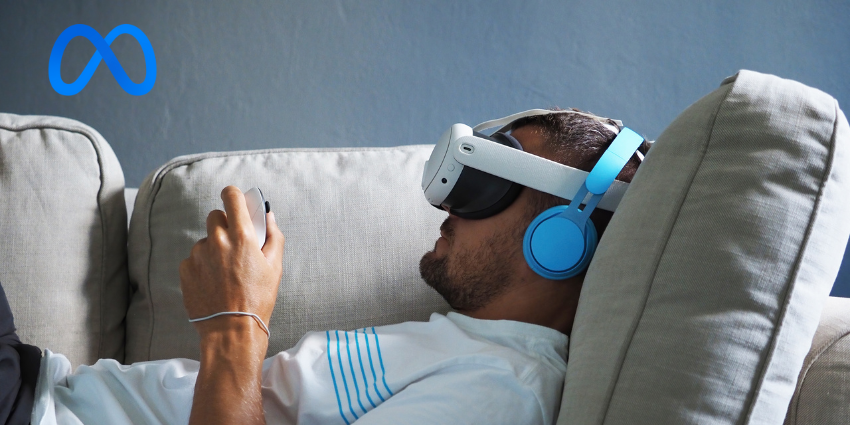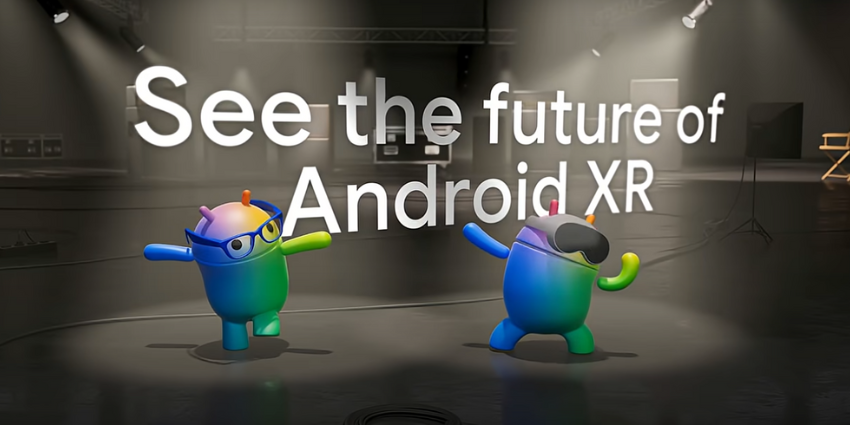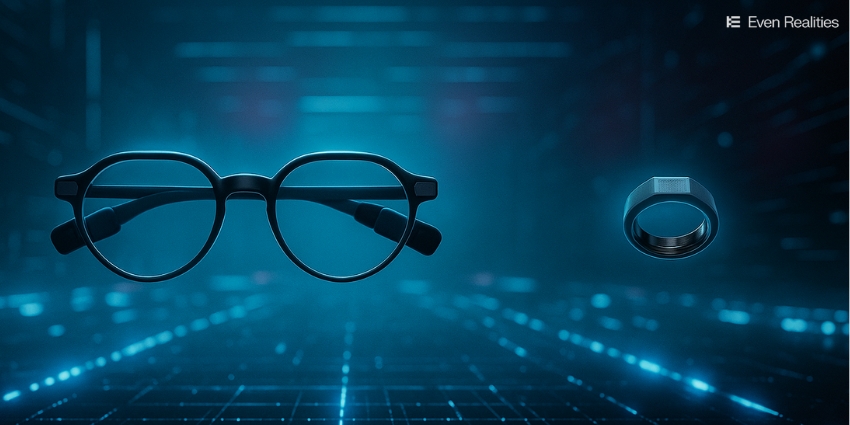US automaker Ford Motor Company recently had one of its patents for an augmented reality (AR) image-generating unit granted.
Published on 9 November with the serial number 0360331, Ford is predicted to use the multiplane AR system for future vehicles from the US auto giant.
The news comes amid a series of patents from the vehicle manufacturer. Many of them aim to boost the number of use cases and integrations for immersive technologies, including AR-assisted parking, sharing, sun glare prevention, and vehicle location and search.
AR systems for upcoming Ford vehicles come as the car company aims to innovate its product lineup with spatial computing, interactive features, and enhanced safety for motorists.
Leveraging these will add heads-up displays (HMDs) to vehicle dashboards, allowing drivers to gain real-time information critical to their driving conditions.
Automotive AR: Safety First
For the latest patented system, Ford will feed drivers information from their road conditions when driving, which could include avoiding obstacles, animals, and other road hazards that could cause issues for drivers.
The augmented reality technologies could also save lives as drivers ride in busy motoring periods like the holiday season and other peak traffic times.
For example, according to the RAC, road deaths have jumped roughly 10 percent in the United Kingdom, returning to pre-pandemic figures. Serious injuries have increased roughly 8 percent since 2021.
Over the last decade, there has been very little change in the number of casualties on the road. Currently, this stands at 1,770 deaths in 2013 alone.
The US Insurance Institute for Highway Safety also recorded in 2021 42,939 deaths with 39,508 crashes involving 61,332 vehicles.
For many operating their motor vehicles in car-dependent nations like the US, raising safety capabilities and road awareness are crucial for the implementation of AR and assisted reality (aR) solutions.
Ford Navigates the Motorverse
Over the last few months, Ford has stepped up its efforts to adopt extended reality (XR) technologies in a move to increase engagement with customers.
In September this year, the US automaker released a collection of 19 trademarks and non-fungible tokens (NFTs). Many of the innovations included digital twins of its product lineup and clothing. It also featured an upcoming marketplace for hosting and selling digital content.
Some of the digital twins included the Ford Mustang, Bronco, Explorer, and F-150 Lightning as NFTs. Additional content would include audio, video, and artwork, as well as “downloadable virtual goods.”
Raythink AR-HUD Launches to Improve Driver Safety
The news comes as several XR firms make headways into the automotive safety market, significantly boosting user experiences (UX) for drivers.
For example, Chinese AR firm Raythink released in April this year an AR-HUD solution that provides photorealistic AR imaging for state-of-the-art 3D navigational technologies to motorists.
The solution uses Raythink’s OpticalCore imaging system, which feeds drivers data on their destination waypoints and navigation, speed, assistance, and other functionality directly to windshields.
The technology allows drivers to concentrate on the road with a fully-functional HUD with a huge three-lane field of view (FoV), laser beam scanning for added image clarity, and increased power efficiency.
Audi Activesphere Concept Car
Also, Audi Motors unveiled its Activesphere concept car, complete with US immersive hardware firm Magic Leap’s AR driving user interface.
At the company’s Audi Design Studio, the automaker showcased its vision of the future for the motoring industry. The solution incorporates Magic Leap 2 and Audi Dimensions technologies for a world-first, mixed reality (MR) UI.
The forward-thinking solution offers a 70-degree FoV, overlaying driving and road data, bypassing the need for a windshield display or dashboard navigational system. It can also show driving modes, location, destination waypoints, and other essentials with instantaneous visuals to boost road safety.
BMW-Basemark Partnership
BMW also joined Basemark to install its video overlay system in the company’s next-generational vehicles like the BMW iX.
Leveraging computer vision technologies, vehicle sensor data, and other offerings, Basemark’s AR solution provides AR overlays on its Central Information Display (CIP) to alert drivers of their physical road conditions.
Basemark explained that their AR technologies boosted the “ease, accuracy, and safety of navigation” by providing drivers with navigational assistance. With the Basemark AR system, vehicles with front-facing cameras could easily receive recommendations on manoeuvres and driving conditions.







